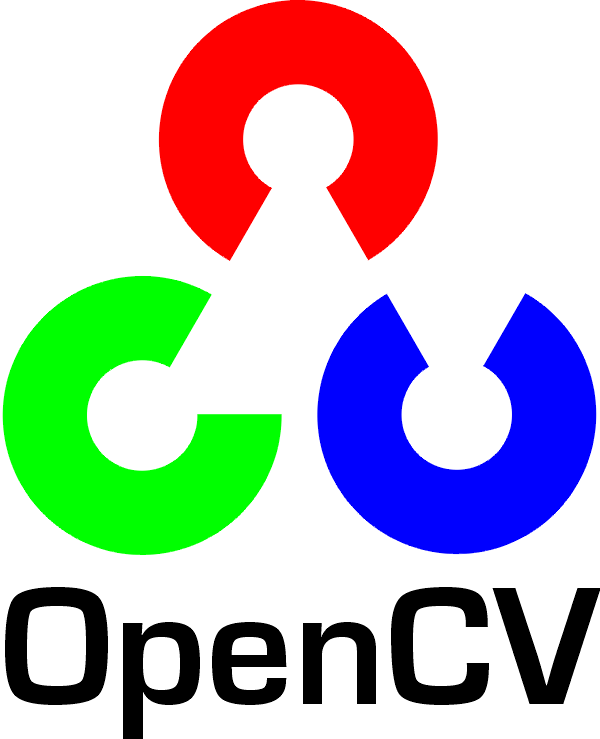Quick search
Table Of Contents
- Hough Transform
- cuda::HoughLinesDetector
- cuda::HoughLinesDetector::detect
- cuda::HoughLinesDetector::downloadResults
- cuda::createHoughLinesDetector
- cuda::HoughSegmentDetector
- cuda::HoughSegmentDetector::detect
- cuda::createHoughSegmentDetector
- cuda::HoughCirclesDetector
- cuda::HoughCirclesDetector::detect
- cuda::createHoughCirclesDetector
- cuda::createGeneralizedHoughBallard
- cuda::createGeneralizedHoughGuil

 .
.  is the distance from the coordinate origin
is the distance from the coordinate origin  (top-left corner of the image).
(top-left corner of the image).  is the line rotation angle in radians (
is the line rotation angle in radians (  ).
). ).
). , where
, where  and
and  are the ending points of each detected line segment.
are the ending points of each detected line segment. .
.